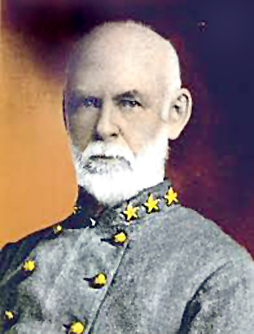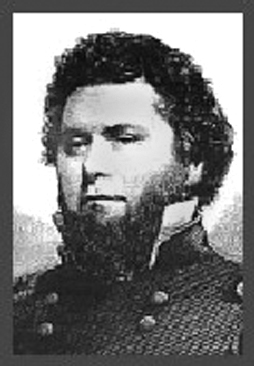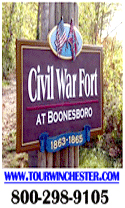|
Shortage of ammunition, equipment
cost Confederates at Ivy Mountain
Floyd County’s first Civil War battle perhaps was best summed up by a Union soldier.
“Those Confederate shotguns and squirrel rifles were no match for our Enfield rifles.”
The Battle of Ivy Mountain – also known as Ivy Creek and Ivy Narrows – resulted in an indecisive Union victory Nov. 8-9, 1861 as Confederate troops commanded by Capt. Andrew Jackson May ran short of ammunition and equipment and were forced to retreat.
Always short on supplies, Big Sandy Valley Confederates took a stand on Nov. 8 to slow the southerly advance of Union forces from Maysville. However, after running short on ammunition, the Rebels fell back to Pikeville. Temporarily, a volley halted Union troops commanded by Brig. Gen. William (Bull) Nelson, but reinforcements quickly overwhelmed Capt. May’s men who retreated toward Virginia.
The Confederates confronted the Union at a point northeast of Pikeville between Ivy Mountain and Ivy Creek. Waiting by a narrow bend in the road, the Southerners surprised the Yanks by firing upon their constricted ranks. Neither side, however, gained an advantage and as the shooting ebbed, May’s men felled trees and burned bridges to slow their Union pursuers.
As night approached and rain began to fall, Nelson’s men went into camp and May’s forces continued on to Virginia, stopping in Abington on Nov. 9. Effectively, this was the end of the fight for the Big Sandy Valley as the mountains of Eastern Kentucky were a Union stronghold for most of the Civil War.
Although casualty counts differed, most reports indicate Union forces had six killed and 24 wounded while the Confederates sustained 10 killed, 15 wounded and 40 missing in action.
A Southern response was that “some of the missing men have gone back to their homes and others join us daily.” The most notable Rebel loss was that of Kentucky Sen. Henry M. Rust, a lieutenant from Greenup County.
An Ivy Mountain battle monument – 15-feet tall with an engraved base - is adjacent to U.S. 23 and was dedicated in 2001 on the 140th anniversary of the conflict.
|














